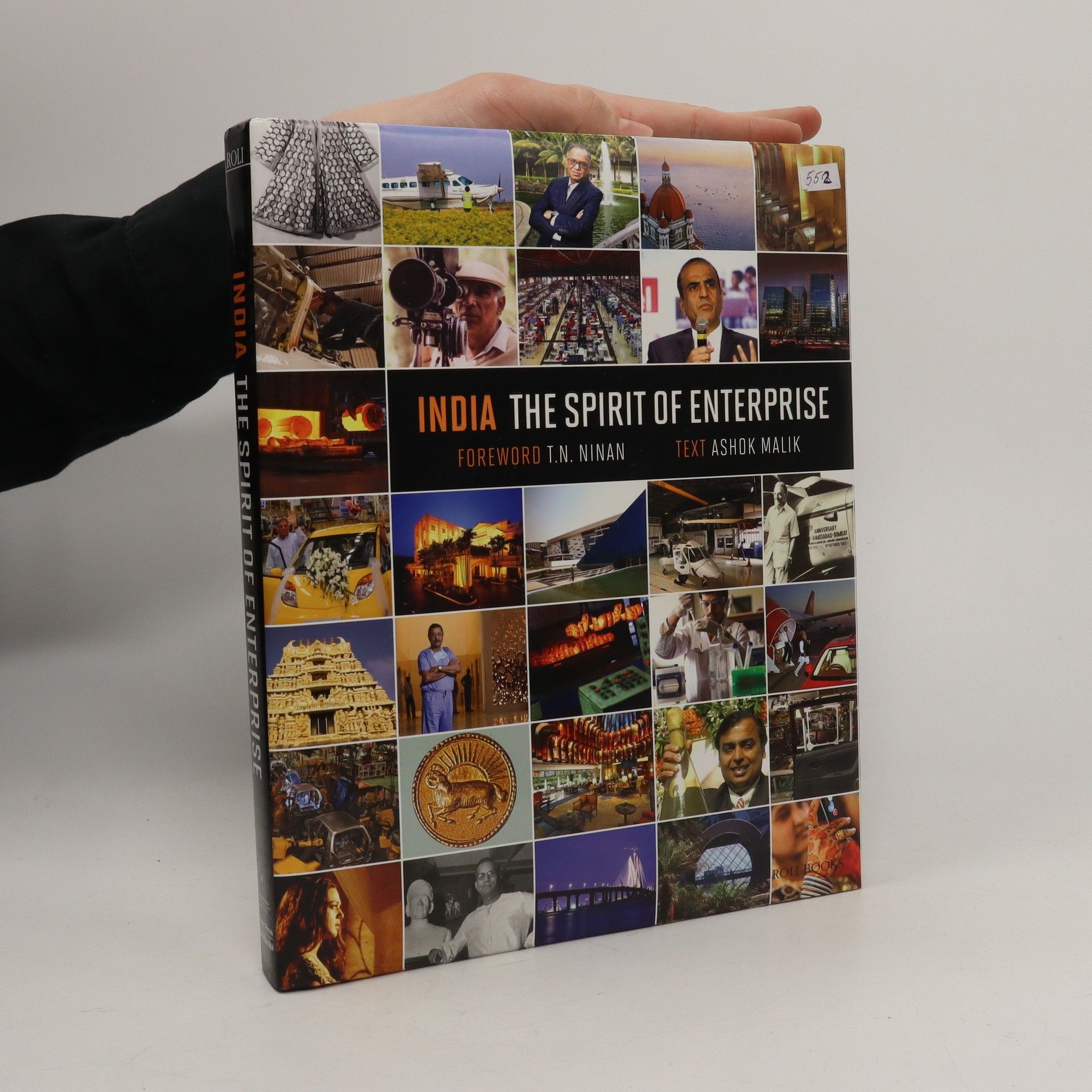Jallianwala Bagh. 13 April 1919. Twenty-two-year-old Nanak Singh joins the mass of peaceful protestors agitating against the Rowlatt Act. What then turns out to be one of the worst atrocities perpetrated by the British Raj, and a turning point in India’s independence movement, also becomes a life-changing experience for Nanak Singh, who survives the massacre, unconscious and unnoticed among the hundreds of corpses. After going through the traumatic experience, Nanak Singh proceeds to write Khooni Vaisakhi, a long poem in Punjabi. The poem was a scathing critique of the British Raj and was banned soon after its publication in May 1920. After sixty long years, it was rediscovered and has been translated into English for the first time by the author’s grandson, Navdeep Suri. Featuring the poem in translation and in original, this bilingual book is accompanied by essays from Navdeep Suri, Punjabi literature scholar H.S. Bhatia and BBC correspondent Justin Rowlatt. Khooni Vaisakhi is not only a poignant piece of protest literature but also a historical artefact and a resurrected witness to how Sikhs, Hindus and Muslims came together to stand up to colonization and oppression in one of India’s darkest moments.
Navdeep Suri Livres



1947. Amritsar. Guru Ram Das Serai near the Golden Temple has become a temporary refuge for Hindu and Sikh families fleeing the communal terror and bloodbath of Partition. One of the legions of volunteers providing succour to the new arrivals is Satnam Singh, the leader of the local Unity Council. He is struck by the extraordinary calm of an erudite-looking old man with a long flowing beard, and his companion, a resolute young woman, whose eyes seem haunted by the tragedies they have witnessed.Taking the story of the Partition forward from Hymns in Blood, A Game of Fire follows Satnam as he observes the rising tide of communal violence threaten his beloved Amritsar. His own friends abandon their beliefs to join the relentless cycle of revenge and retribution, determined to purge the city of its large Muslim population.
India, the Spirit of Enterprise
- 253pages
- 9 heures de lecture
"Offers a window to the rapid growth of the Indian economy in the past two decades, since the inauguration of the economic reform programme in 1991. The book focuses on the impressive expansion of the Indian private sector. It assesses individual industries ranging from telecom to pharmaceuticals in which Indian businesses and entrepreneurs have built world-class brands and capacities. In many cases, the footprints of these companies stretch across continents and represent the true potential of globalization. Illustrated with anecdotes and the drama and passion of Indian capitalismthe book is a pointer to the technology advance, efficiency in capital use and ambition that is the hallmark of India s biggest corporate houses. It also traces the path from ancient Indian history to the present to explore the roots and heritage of Indian commerce. Exploring the possible strategic implications of India s economic rise, it studies a dynamic that could help determine the growth path of the twenty-first century"--Publisher's description.